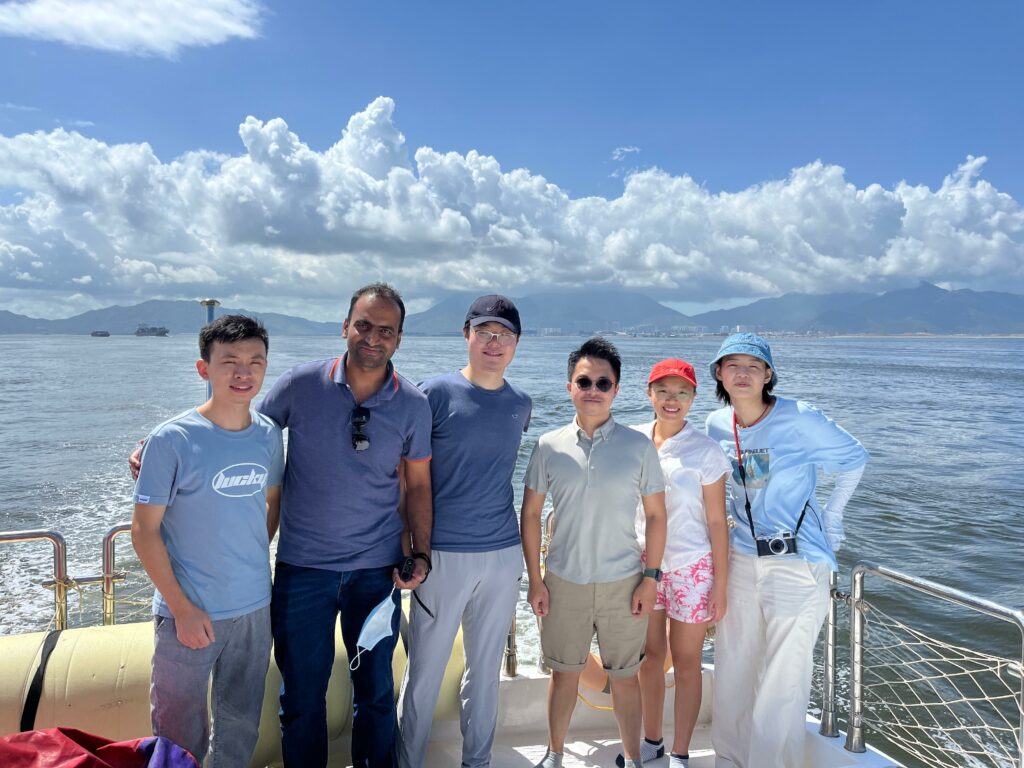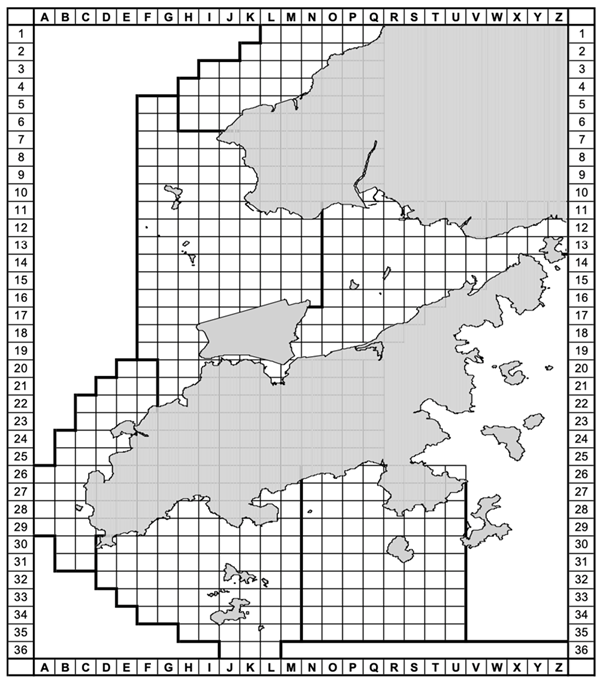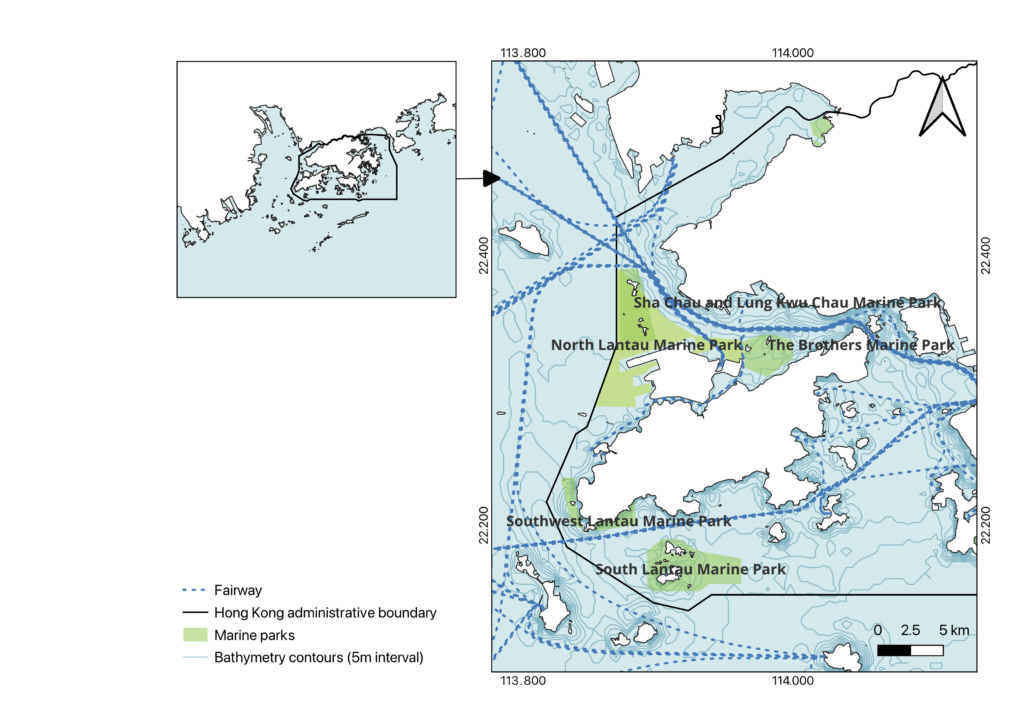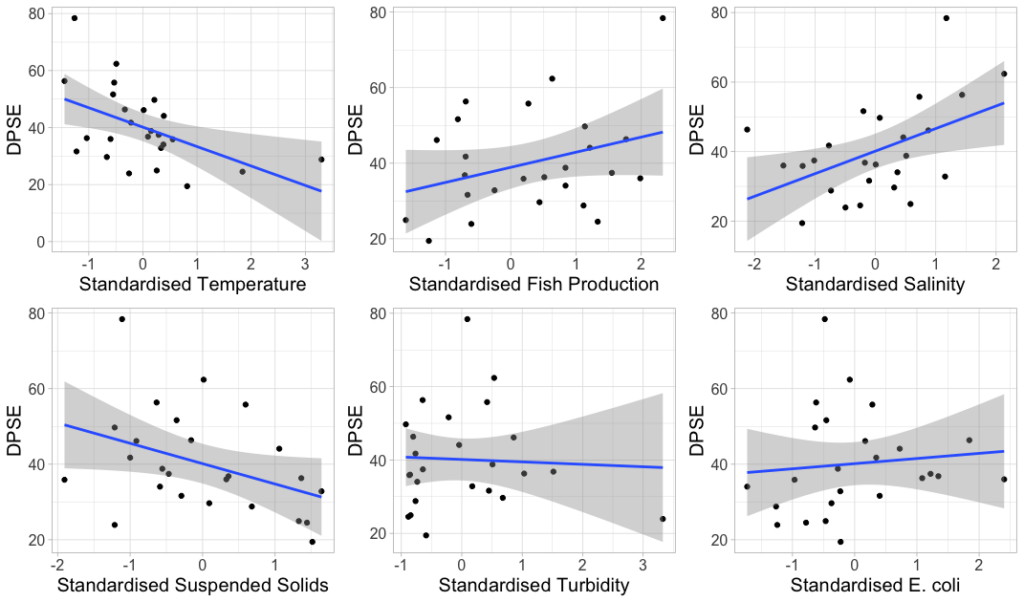CUHK
News Centre
CUHK study reveals severe human impact on Chinese white dolphin habitats in northern Lantau waters by analysing long-term data
The Chinese University of Hong Kong (CUHK) has conducted a study assessing the occurrence of Chinese white dolphins in the waters around Lantau Island, Hong Kong. The research utilised data from 1996 to 2020 to develop an innovative, comprehensive statistical model. The study analysed 13 natural and human factors[1] that could affect dolphin populations across six water zones[2] near Lantau Island. The findings were recently published in the international journal Marine Pollution Bulletin.
The population of Chinese white dolphins in Hong Kong has sharply declined from 158 in 2003 to just 37 in 2020[3], raising significant concerns. Major contributing factors include habitat loss due to land reclamation, pollution, unsustainable fishing practices and high-speed marine traffic. However, the academic community has not sufficiently studied how these factors interact to impact dolphin populations or whether coastal protected areas can effectively safeguard the dolphins.
The CUHK study reveals that dolphins in northern Lantau are most severely affected by land reclamation, high-speed vessels and water pollution. The area has undergone significant changes, including the construction of the airport’s third runway, the Hong Kong-Zhuhai-Macao Bridge artificial island and the Tung Chung reclamation project, leading to a drastic reduction in the dolphin habitats. In contrast, other areas around Lantau have experienced relatively less change.
Innovative methodology reveals complex interaction of multiple factors
The research team included Professor Amos Tai Pui-kuen, Associate Director of the Institute of Environment, Energy and Sustainability (IEES) and Deputy Chair (Education) of the Department of Earth and Environmental Sciences at CUHK; Professor Joe Lee Shing-yip, Honorary Senior Research Fellow at IEES and former Director of the Simon F. S. Li Marine Science Laboratory at CUHK; Dr Felix Leung Pui-kin, Honorary Research Fellow at IEES; and Yuen Nok-lam, a former researcher at the Department of Earth and Environmental Sciences. They analysed environmental factors in six water zones near Lantau Island from 1996 to 2020 – sea surface temperature, water quality, high-speed vessel traffic, land reclamation data and fish catch volumes – to assess their impact on the Chinese white dolphin population.
Dr Leung, the corresponding author of the study, stated: “Previous monitoring of Chinese white dolphins in Hong Kong has focused on eastern waters, while their primary habitats in western waters have lacked long-term, continuous monitoring programmes. By analysing over 25 years of data through transect surveys and environmental parameters collection therefore provides a more accurate understanding of the population trends among Hong Kong’s dolphins.”
In studying these creatures, many environmental factors are interrelated, which can affect the accuracy of the findings. This research demonstrates that the decline and distribution of dolphin populations are not caused by a single factor (see appendix) but are the result of complex interactions. The team employed statistical methods such as multiple linear regression and Principal Component Analysis (PCA), comparing conventional and innovative approaches to gain a more comprehensive understanding of the intricate interactions and parallel impacts of these environmental factors.
Limited effectiveness of coastal protected areas means urgent need for comprehensive measures
The study highlights the severity of the decline in dolphin populations and the limitations of coastal protected areas in safeguarding them. The research team noted that despite the establishment of the North Lantau Marine Park, existing conservation measures remain insufficient due to ongoing habitat degradation. Additionally, the recently announced Airport City development plan, which promotes the yacht tourism economy, is expected to further disrupt dolphin habitats.
Informing conservation policies in Hong Kong and beyond
The research team emphasised that understanding the impact of recent intense disturbances on dolphins has global significance, particularly in regions like Shenzhen, Xiamen, Hainan Island, the Gulf of Tonkin in Vietnam and Cambodia, where dense human activity and rapid development pose significant threats to dolphin populations. This study not only provides insights for dolphin conservation in these regions but also aims to promote the development of international wildlife protection policies.
Dr Leung said: “This research reveals the devastating effects of habitat loss, pollution and unsustainable marine activities on dolphins, while also exposing the limitations of current conservation measures, such as marine protected areas, in addressing these complex challenges. Comprehensive measures to protect dolphins are urgently needed. The relevant government agencies must prioritise habitat protection and regulate harmful activities through science-driven strategies to reduce human-induced pressures on Chinese white dolphins, reverse their population decline and ensure the survival of this species, safeguarding marine health.”
For the full study, please visit: https://www.sciencedirect.com/science/article/pii/S0025326X25001304
[1] Salinity, Sea surface temperature, Secchi disc depth, Total nitrogen, Total phosphorus, Turbidity, Chlorophyll-a, E. coli, Dissolved oxygen, Suspended solids, Fish production, High-speed ferry, Annual reclamation activity.
[2] Deep Bay, northwest Lantau, northeast Lantau, west Lantau, southwest Lantau and southeast Lantau.
[3] Data from the Hong Kong Cetacean Research Project
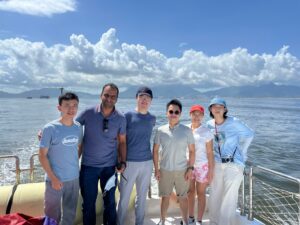
Deputy Chair (Education) Professor Amos Tai Pui-kuen (third from right) from the Department of Earth and Environmental Sciences at CUHK, former researcher Yuan Nok-lam (second from right) from the same department and their research team conducted a field survey of Chinese white dolphins in the waters near Tai O.
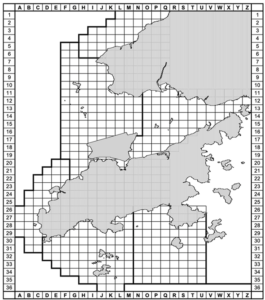
This study focused on six water zones near Lantau Island in Hong Kong: Deep Bay, northwest Lantau, northeast Lantau, west Lantau, southwest Lantau and southeast Lantau. The results revealed that Chinese white dolphins in northern Lantau are the most affected by environmental factors.
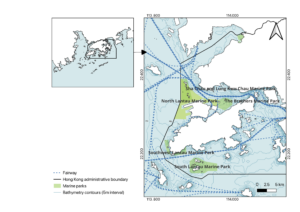
A map illustrates the high-speed vessel routes (blue lines) and coastal protected areas (green zones) in Lantau waters, which are in close proximity.
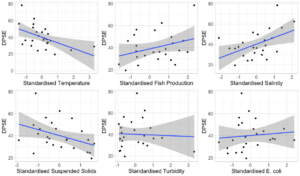
The findings indicate that the density of Chinese white dolphins in Hong Kong waters is positively correlated with various environmental parameters. Top row (from left): water temperature, fish catch and salinity; bottom row (from left): concentration of suspended solids, water clarity and E. coli concentration


